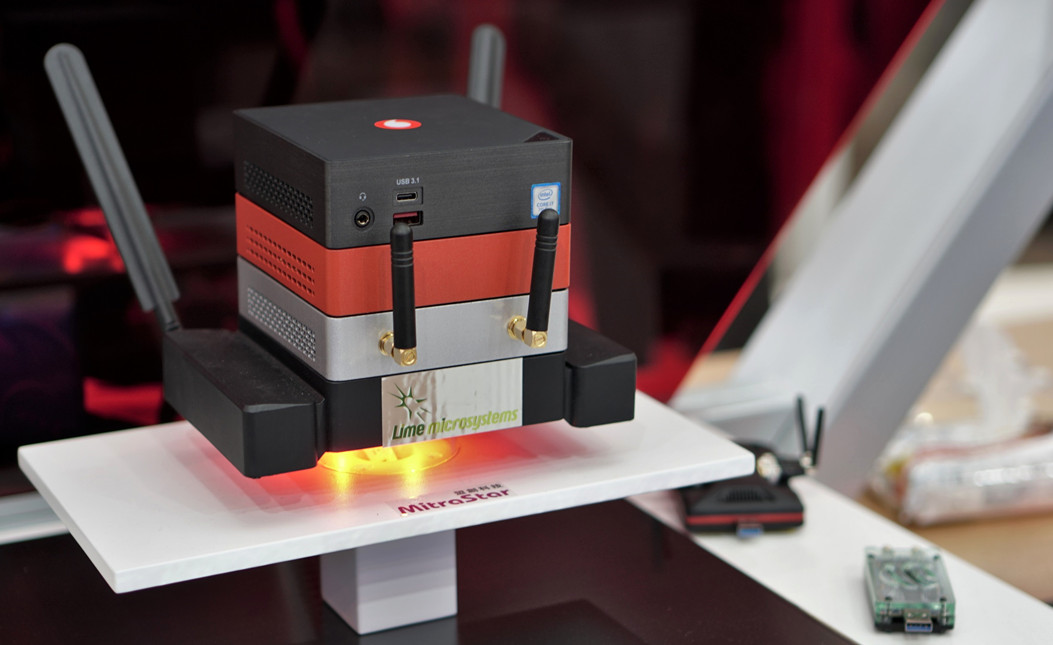Nathan Rader, director of network functions virtualisation (NFV) strategy at Canonical, has made a series of productions for the telecommunications industry in 2019 – including a shift whereby telecoms companies become more like software companies, with open source as a driving force.
In a piece published on Data Economy, Rader – whose company, Canonical, is best known for the Ubuntu Linux family of operating systems – discusses the growing demand for high capacity and low latency connectivity, and how the impending launch of 5G connectivity will be felt in markets from cloud computing to the Internet of Things (IoT).
In many cases, Rader’s predictions are safe enough: “There will be a race to see who can market 5G the quickest and who will have it as standard first,” he predicts of the coming year. “However, this race could be a costly one. Consumer need for 5G isn’t as great as it was for previous generations. 4G can handle most consumer use cases (such as streaming, gaming, browsing etc.) fairly comfortably with reasonable speed. 5G’s main benefit is providing increased capacity, not speed and latency, making it more of a technical development. Being the first 5G standard network will be a marketing coup, but may not come with the consumer kudos and demand it once did.”
A deeper prediction comes in the potential for telecoms companies to begin a transition to becoming something closer to software companies – something Rader predicts will be primarily driven by open source. “As a result of the monetisation challenges faced by telecoms companies when it comes to 5G and IoT, 2019 could be the year where many collaborative telecoms groups and communities grow as they try and pivot towards becoming software companies,” he predicts. “The challenge will be in the competition and development of differing standards between these groups. As new technologies arrive, each company will be vying to define the standard. This ‘too many cooks’ approach can create significant confusion and wipe out the benefits of collaboration.
“Open source ought to play a pivotal role in this. Cloud computing companies have benefited from collaboration on open source – one only needs to look at the number of different enterprises centred around creating products based on Linux or Kubernetes to see that open source can prove to be a viable business model. Telecoms providers ought to be looking at doing the same in 2019 by making infrastructure work for everyone, improving efficiency and opening up networks for all apps on their infrastructure.”
It’s a prediction rooted in work Lime Microsystems, in partnership with Canonical, is already doing: the LimeNET App Store delivers radio access network (RAN) functionality to general-purpose processing (GPP) platforms in a secure, rapid-deployment bundle, driven by Canonical’s Ubuntu Core and Lime Microsystems’ family of field-programmable radio frequency (FPRF) products. This can be seen working to great effect in the CrowdCell Telecom Infra Project (TIP) effort, of which Lime Microsystems is a partner and provider. In all cases, Lime is committed to open source – both in the software and the hardware – as part of its goal of democratisation of radio for all.
Rader’s full predictions can be found on Data Economy now.
